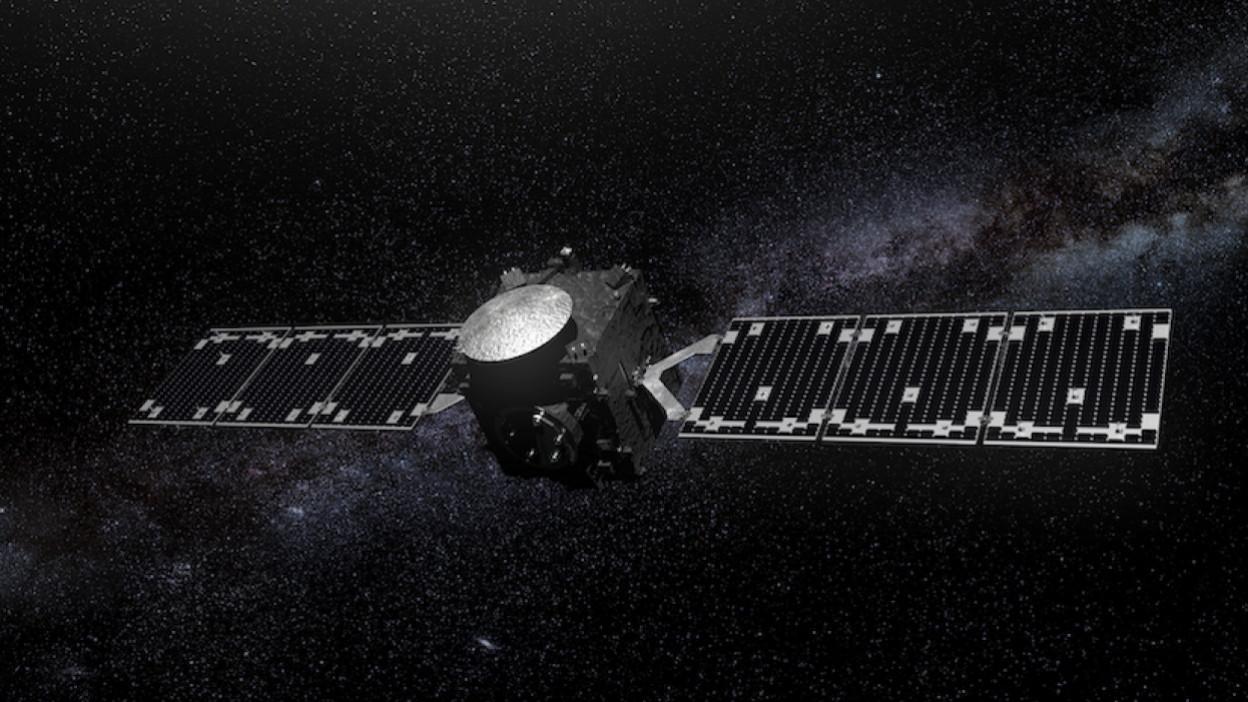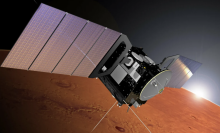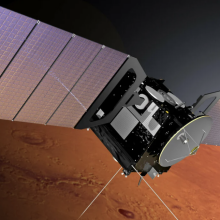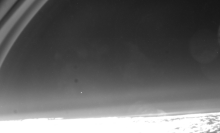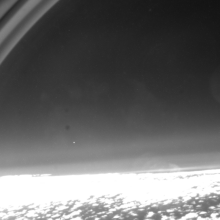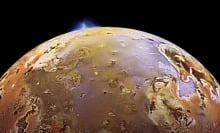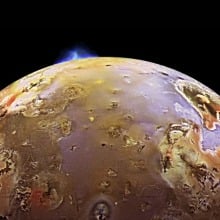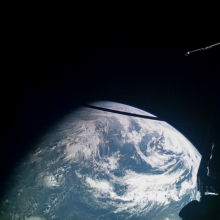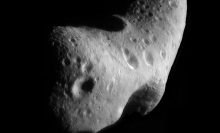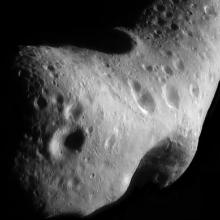The Hera spacecraft is flying to the site of a pulverized asteroid.
But on the way there, the probe looked back home, capturing views of isolated Earth and the moon floating in space. Some of Hera's instruments — designed to survey the impact site of NASA's successful asteroid-deflection test — snapped the images below.
"Farewell, Earth!" the European Space Agency posted online. "Last week, after we successfully launched our Hera mission, its instruments were switched on for the first time and the asteroid deck was pointed back towards our planet. This allowed Hera to capture the first images of Earth and the Moon from a distance of more than one million km!"
The first view below, taken by Hera's Asteroid Framing Camera, shows Earth's dominant white clouds over the sunlit Pacific Ocean, seen from 1.6 million kilometers, or nearly 1 million miles, away. The moon is located some 239,000 miles beyond, and you can see some dark lunar maria — expansive dark plains of dried lava — on the surface.
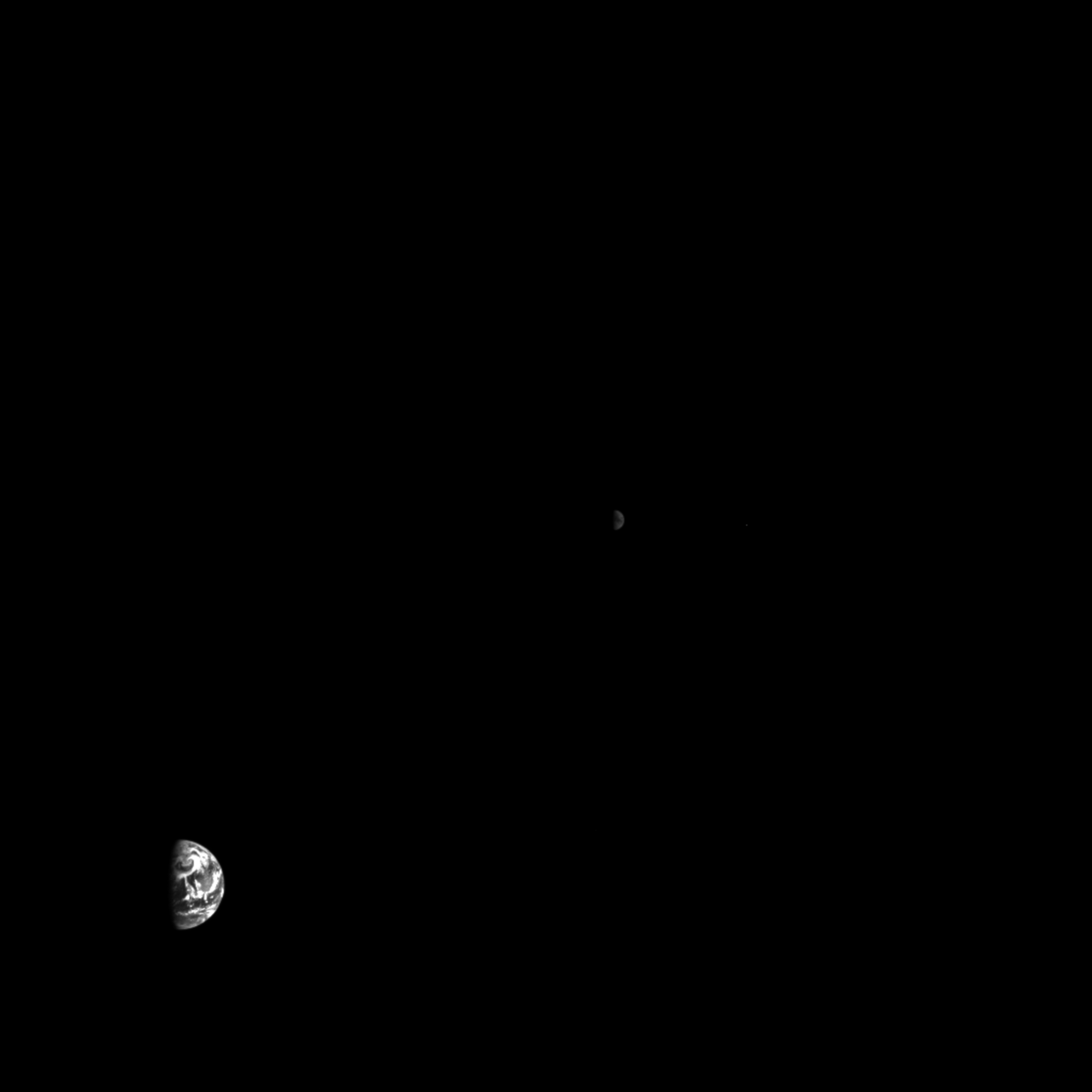
The second and third images were captured by the Hera spacecraft's Thermal Infrared Imager — which will evaluate physical properties on the asteroid's surface (such as roughness and particle size) — and the HyperScout H instrument — which views light wavelengths invisible to the human eye to detect the asteroid’s mineral makeup.
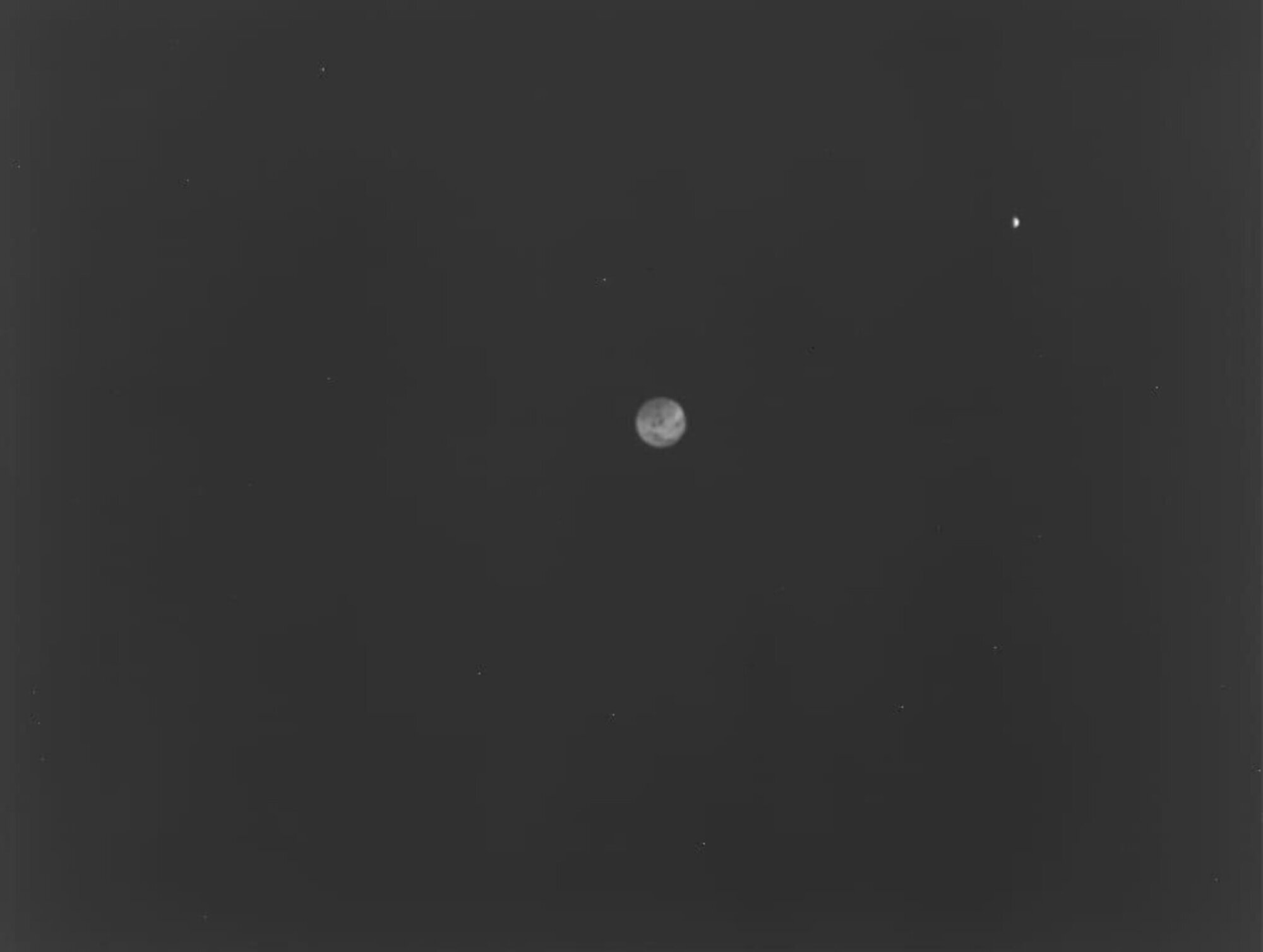
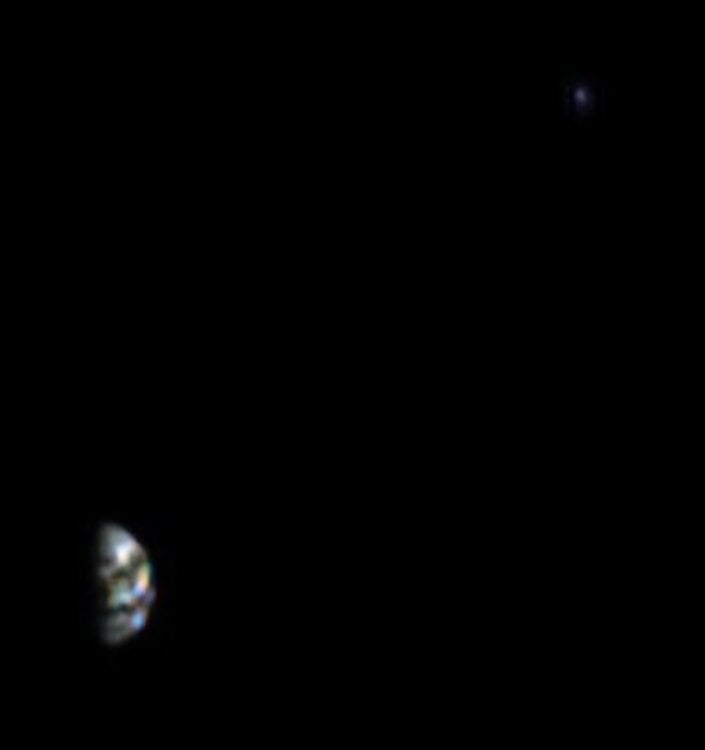
Hera will rendezvous with the impacted asteroid, Dimorphos, in December 2026. The aim of the mission is to fully grasp how NASA's DART mission (short for Double Asteroid Redirection Test), which proved humanity can alter the path of a potentially menacing asteroid, affected the 525-foot-wide (160-meter) asteroid Dimorphos.
"Now that NASA’s DART mission has impacted the moonlet, Hera will turn the grand-scale experiment into a well-understood and repeatable planetary defense technique," the European Space Agency explained.
Large asteroids rarely impact Earth, but when they do, regional to local devastation can ensue.
The risks of an asteroid impact
Here are today's general risks from asteroids or comets both tiny and very large. Importantly, even relatively small rocks are still threatening, as the surprise 56-foot (17-meter) rock that exploded over Russia and blew out people's windows in 2013 proved.
Every single day about 100 tons of dust and sand-sized particles fall through Earth's atmosphere and promptly burn up.
Every year, on average, an "automobile-sized asteroid" plummets through our sky and explodes, explains NASA.
Impacts by objects around 460 feet (140 meters wide) in diameter occur every 10,000 to 20,000 years.
A "dinosaur-killing" impact from a rock perhaps a half-mile across or larger happens on 100-million-year timescales.
Topics NASA
